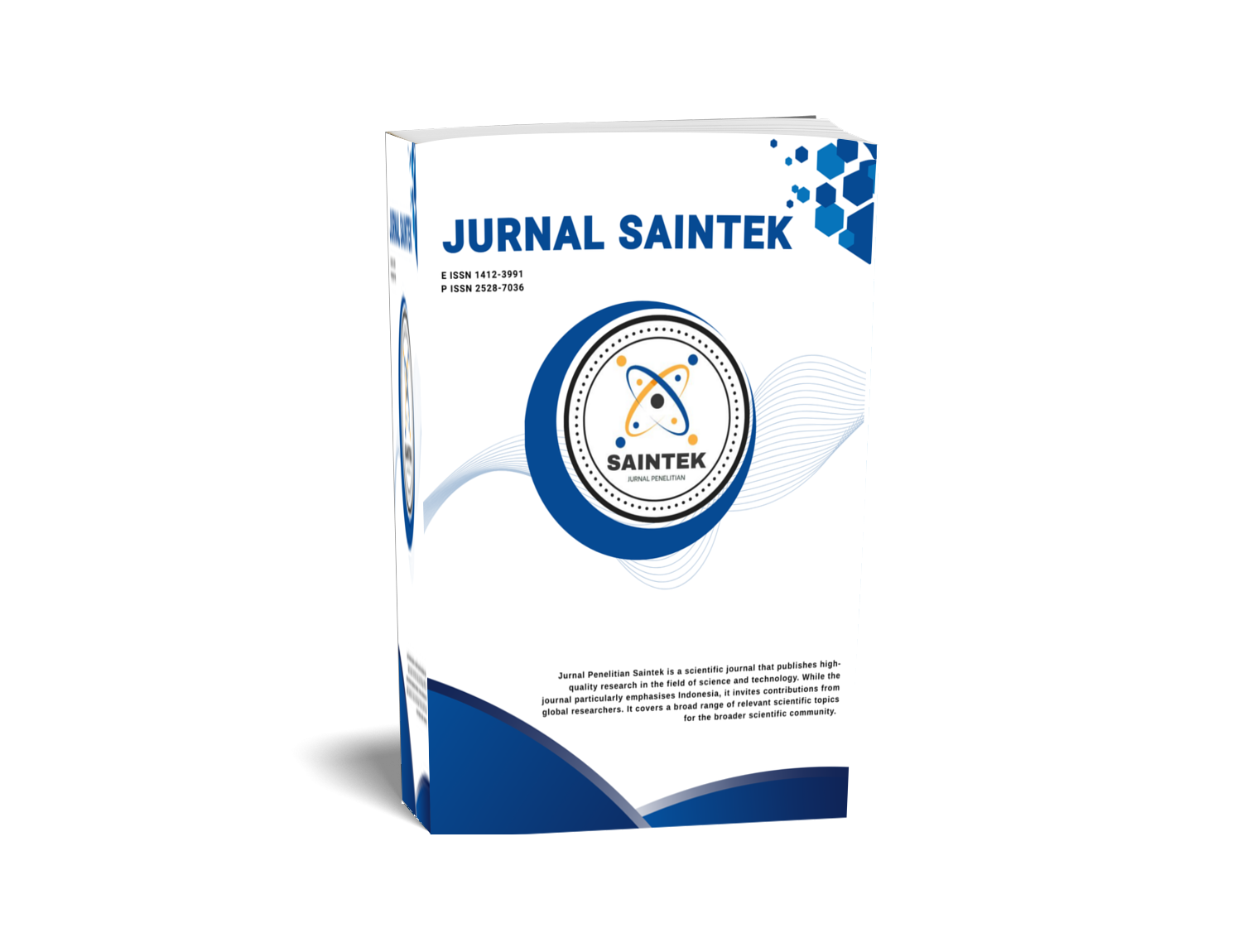THE INFLUENCE OF WIRE PITCH TO THE WIRE AND TUBE HEAT EXCHANGER EFFICIENCY IN FREE CONVECTION
DOI:
https://doi.org/10.21831/jps.v21i2.13005Keywords:
heat exchanger efï¬ ciency, pitch of wire, wire and tube heat exchanger, free convectionAbstract
Wire and Tube heat exchanger consists of coiled tube and wire sticked on the two sides of it in normal direction of the tube. The ability of this heat exchanger to dissipate heat is shown by the overall surface efï¬ ciency from array of ï¬ ns or called as heat exchanger efï¬ ciency. The wire which functions as a ï¬ n is the expansion of the outer surface of tube, so that it expands the surface of free convection heat transfer and transfers heat from the heat exchanger to the outside surroundings. The ï¬ n efï¬ ciency commonly depends on its material, geometry and environment where it is used. In this research, the infl uence of the wire pitch to the heat exchanger was examinated. Tthree designs of the heat exchanger with different wire pitch namely (pw/Lw = 0.015; pw/Lw = 0.029 dan pw/Lw = 0.044) were tested into ï¬ ve levels of entrance fl uids temperature (40, 50, 60, 70, and 80 0 C). The ï¬ nding of this study was that the heat exchanger pw/Lw = 0.029 evenly produced the highest efï¬ ciency.
References
Bejan, A. (1993). Heat transfer. New York: John Willey & Sons.
Boulahrouz, S., & Haddouche, A. (2014). Finite volume analysis of a wire on tube heat exchanger used for cooling of electronics. International Journal on Heat and Mass Transfer Theory and Application (IREHEAT), 2(1).
Cengel, Y. A. (1998). Heat transfer a practical approach. New York: McGraw-Hill.
Incropera, F. P. (1996). Fundamentals of heat and mass transfer (3 152 ed.). New York: John Wiley & Sons. Rd 2
Kreith, F. (1997). Prinsip-prinsip perpindahan panas. (Terj.: Eko Prijono). Jakarta: Erlangga.
Kumara, P. (2011). Optimization of performance and assesment of material cost of the refrigerator condenser (Master of Science Thesis). KTH School of Industrial Engineering and Management, Stockholm.
Kumra, A. Rawal, N., & Samui, P. (2013). Prediction of heat transfer rate of a wire-on-tube type heat eschanger: An artiï¬ cal intelegence approach. Procedia Engineering, 64, 74-83.
Kundu, B., & Das, P. K. (1999). Performance analysis and optimization of eccentric annular disk ï¬ ns. Journal of Heat Transfer, 121, 419-429. Mendez, R. R., Sen, M., Yang, K. T., &
McClain, R. (1999). Effect of ï¬ n spacing on convection in a plate ï¬ n and tube heat exchanger.
International Journal of Heat and Mass Transfer, 43 (2000), 39-51.
Patil, K. S., Mali, K. V., & Ojha, P. (2012). Simulation of wire and tubhe condenserof domestic refrigerator. International Jornal of Engineering and Sience Research (IJESR), 2(7), 613-620.
Samana, T., Kiatsiriroat, T., & Nuntaphan, A. (2012). air-side performance analysis of a wire-on-tube heat exchanger with an oscillating heat pipe as an extended surface under natural convection conditions. Heat Transfer Engineering, 33(12), 1033-1039.
Srinivasan, V., & Shah, R. K. (1997). Fin efï¬ ciency of extended surfaces in two phase- fl ow. Journal of Heat and Fluid Flow, 18, 419-429.
Tagliaï¬ co, L., & Tanda, G. (1997). Radiation and natural convection heat transfer from wire-and-tube heat exchangers in Pengaruh Jarak Antarkawat (Arsana, I. M.) refrigeration appliances. International Journal of Refrigeration, 20(7), 461469.
Tanda, G., & Tagliaï¬ co, L. (1997). Free convection heat transfer from wire and tube heat exchangers. Journal of Heat Transfer. 119(2), 370-372.
Downloads
Published
How to Cite
Issue
Section
Citation Check
License
Who Can Submit?
Any individual may submit an original manuscript for consideration for publication in Jurnal Penelitian Saintek as long as they hold the copyright to the work or are authorized by the copyright owner(s) to submit it. Authors retain initial ownership of the copyrights to their works prior to publication, except in cases where, as a condition of employment, they have agreed to transfer copyright to their employer.
User Rights
Jurnal Penelitian Saintek is an Open Access journal. Users are granted the right to read, download, copy, distribute, print, search, or link to the full texts of articles, provided they comply with the conditions of the Creative Commons Attribution-ShareAlike License 4.0 (CC BY-SA 4.0).
https://creativecommons.org/licenses/by-sa/4.0/
Author Rights
Authors retains copyrights.
Jurnal Penelitian Saintek by http://journal.uny.ac.id/index.php/saintek is licensed under a Creative Commons Attribution-ShareAlike 4.0 International License.









